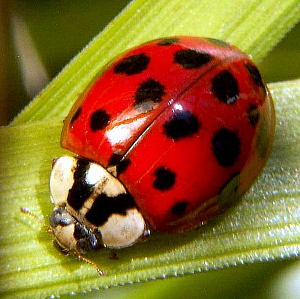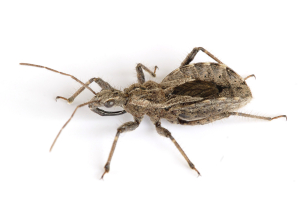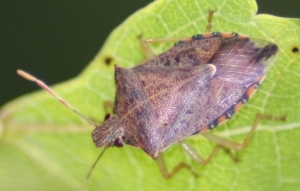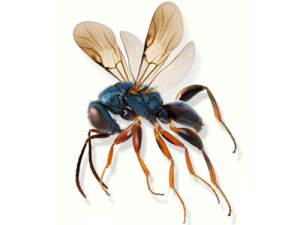A Few Good Bugs
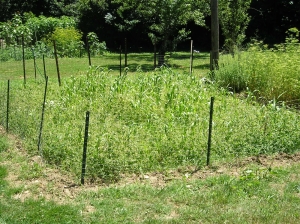 It’s high summer and your garden is struggling—again. Your tomatoes and peppers and cucumbers have succumbed to beetles, cutworms, aphids, and slugs. You refuse to use pesticides (you’re a good person and you care about the environment) and you just don’t have time to pick these pests off one by one. You’re ready to toss in the towel.
It’s high summer and your garden is struggling—again. Your tomatoes and peppers and cucumbers have succumbed to beetles, cutworms, aphids, and slugs. You refuse to use pesticides (you’re a good person and you care about the environment) and you just don’t have time to pick these pests off one by one. You’re ready to toss in the towel.
What you need are a few good bugs. Bugs who will fight for you and your garden. Bugs who eat beetles and cutworms for breakfast.
Today we look at five such bugs, and examine what steps you can take to ensure their propagation, year after year, season after season.
1. Lady Bugs
Beauteous though they may be, these little beetles pack a mean punch. A mature lady bug can consume as many as 50 aphids a day! They’ll also make a meal of small caterpillars, mites, and insect eggs. Pollen and nectar are also staples of the lady bug diet, so be sure to grow a broad diversity of plants. A particular favorite are early-blooming mustard flowers. Lady bugs can also be bought online for release in your garden.
2. Lacewings
Known for their long, lacelike wings and light-green/brown bodies, lacewings are highly effective garden warriors. In their larval stage especially, they are devourers of aphids, caterpillars, mealybugs, leafhoppers, and whiteflies. To attract lacewings, grow a variety of plants, spraying aphid-infested areas with a light sugar-water solution. You can also buy them—just make sure you have plenty of food, or they’ll be forced to go somewhere else to find it.
3. Assassin Bug
The name says it all. These stealthy predators range in size from small to super small and are known to use disguises, trickery, and outright brute force to defend your garden. They’re particularly fond of caterpillars and beetles, but in a pinch will eat pretty much anything: ants, fleas, grubs, weevils, wireworms and more. You’ll have better luck attracting assassin bugs if you plant Tagetes or a cover crop, and provide plenty of compost, mulch, and biodiversity.
4. Soldier Bug
If full-scale garden protection is your goal, look no further than the mighty soldier bug. Favorite foods include beetles, cabbage loopers, diamondback moths, army worms, and caterpillars. Planting lots of blooming herbs, singled-flowered marigolds, daisies, and goldenrods will help establish a solid battalion of soldier bugs. If you’re having trouble attracting them, Planet Natural offers them online.
5. Parasitic Wasp.
Don’t worry—they don’t like humans. But they LOVE caterpillars, beetles, flies, scales, and aphids. Adults females lay their eggs within the bodies of garden pests, helping to keep their populations in check. But parasitic wasps also require nectar and pollen for energy. Flowering angelica, chervil, fennel, dill, and cilantro are a few of their favorites. Keeping overwintering plants like Queen Anne’s lace, yarrow, or comfrey, improves your chances of seeing these beneficials in the spring.

